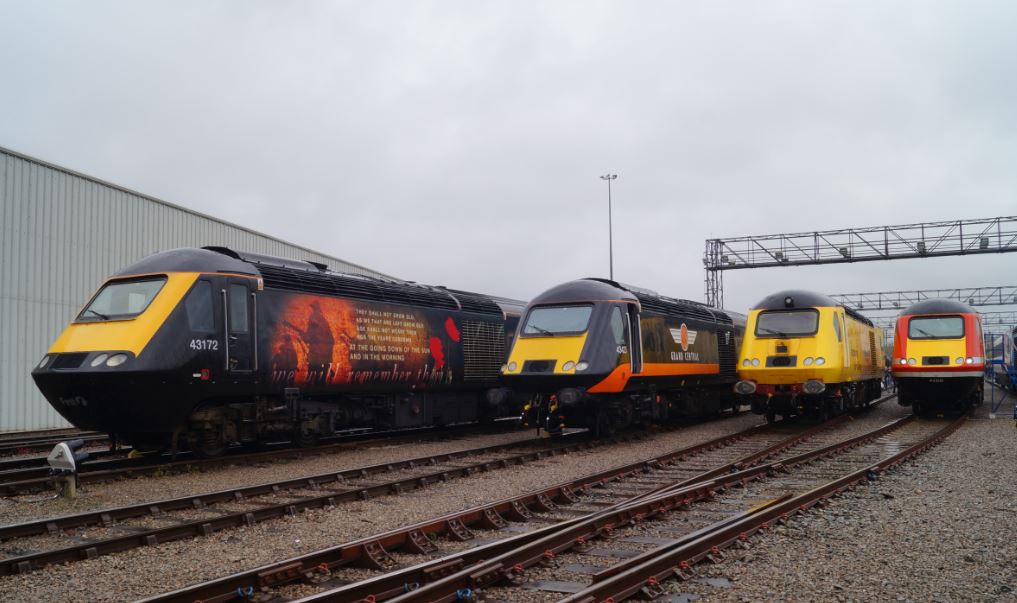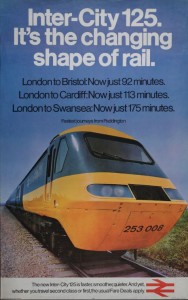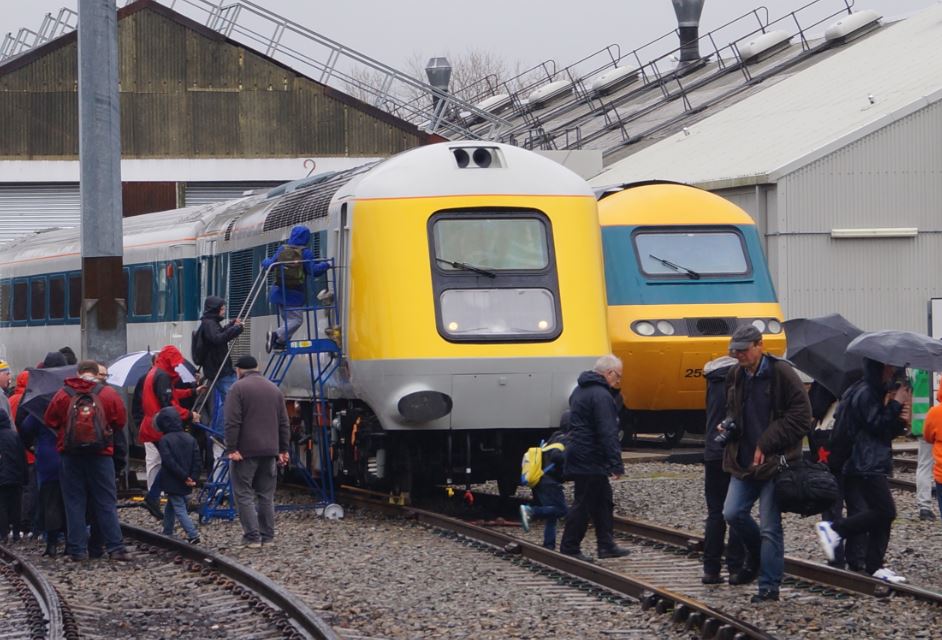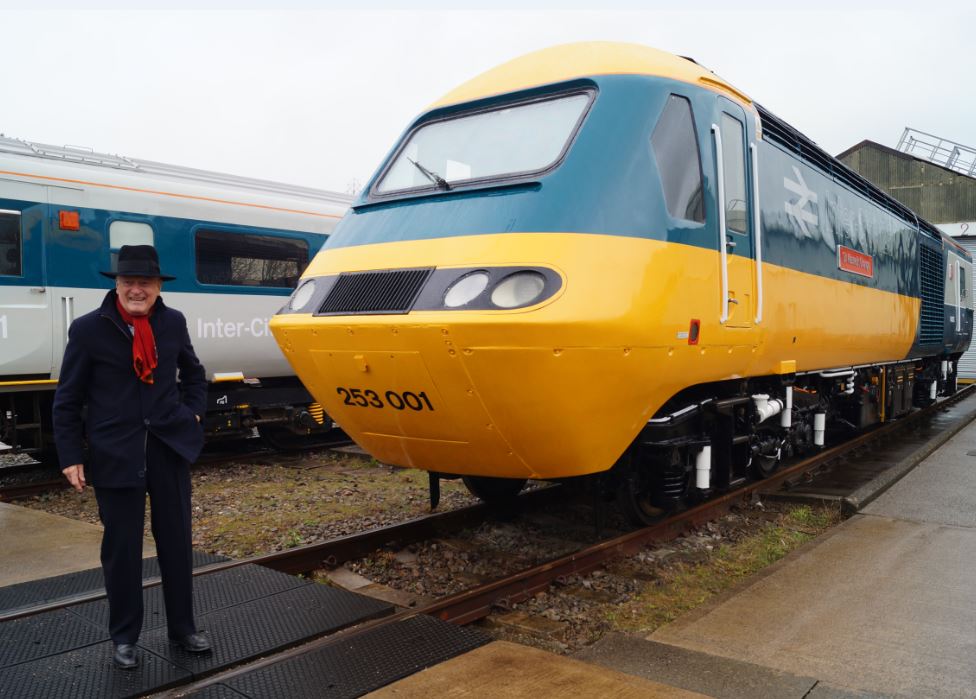Talk to anyone who knows about the last 50 years on Britain’s railways and they will generally agree that the High Speed Train, introduced 40 years ago, is the one that rescued Britain’s passenger railway. In so doing they will be agreeing with retired senior staff, drivers and a host of others, from economic historians to rail enthusiasts.


40 years ago in October, these iconic trains started work on British Rail’s Western Region; they were an instant success. Britain had just been through a heatwave, Northern Ireland was not going to calm down any time soon, inflation was 16.5% and then along came a domestic good news story from an unlikely source, British Rail. In those days the state railway company normally had a bad press not helped by ‘investment’ seen as ‘subsidy’ and an on-going belief that the somehow things were better ‘back then’ when steam ruled the rails.
The HST was a domestic good news story that made BR’s new slogan ‘this is the age of the train’ not seem a bad joke. Fast acceleration, shorter journey times and the quiet and comfortable Mark 3 coach made for an experience people talked about. Unlike Concorde, anyone could ride the HST, and people did, just to say they’d travelled at 125 mph, the train’s top speed. The HST drove up passenger numbers on the railways where they ran, and started to make Britain’s network competitive with the motorway age, just when that network was nearing completion, and (compared with today) half empty.
The current franchise holder of the routes from Paddington to the West decided last year to rebrand themselves as ‘Great Western Railway’, reviving the a railway name full of positive values in the region.
It was this ‘GWR’ that decided to celebrate the 40 years with a one off open day at their St Phillips Marsh depot in Bristol. In the event over 5000 people came to see this display of locomotives all of which related one way or another to the west of England.

The heart of the show was a line-up of High Speed train power cars, showing how this iconic design looks good in almost any livery. You could also see into the maintenance shed and the place were wheels were turned. By contrast to the HST’s and the diesels there was one steam engine on show (the privately owned LMS ‘Royal Scot’). Any cab open had a long queue to visit it, and ‘Royal Scot’ was no exception. The occasional vicious rain showers did not seem to dampen the interest in this significant anniversary with families there, as well as enthusiasts.
One significant guest was Sir Kenneth Grange, the man who worked with BR on the styling of the HST. This is the design that Sir Kenneth is most proud of and he was delighted to be able to name a power car ‘Sir Kenneth Grange’. Not just any power car either – 253001 was from the pioneer production train and had been turned out in the original livery with its striking yellow nose; something that led at the time to these trains being nicknamed ‘Flying Bananas’.

253001, a curvaceous design classic could be contrasted with the National Railway Museum’s prototype HST 41001 which has buffers and conventional couplings, as well as a small driving compartment at the back of the unit. 41001 is now working again thanks to the (considerable) efforts of the 125 group, and was there growling away, the only HST on site running on an original Paxman Valenta engine.
A significant anniversary well marked in the heart of where it all first happened, Bristol, ‘gateway to the West’.
My father James Machin was a steam fireman and driver at Crewe for many years and then at Bath, followed by time at Bristol Temple Meads where he was an Inspector. He trained young drivers on the new HST.
The reason I am writing is that many years ago he was the driver who brought the King George V into Temple Meads for an enthusiasts event.
Does anyone know of any photographic record of the day.
This must be 40+ years ago as my son would have been about 8 and he’s now nearly 50!
I have often wondered about photos and have looked online but with no luck.
Thank you for any information you may have.
Carol Norman